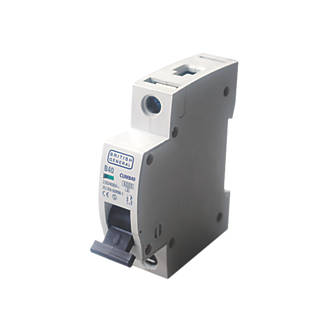I'd second that, the TWC is better made that a lot of the other units, particularly the cable and connector. At £460 it's not that expensive, either, about half the price of an Andersen (the Anderson unit costs about £995, excluding installation and the OLEV grant), or about twice the price of the cheapest charge point on the market.
Only downside with the TWC is that it still needs a Type B RCD and wiring as TT installation with an earth rod, or connecting with something like an O-PEN unit, to comply with the regs (for a 32m run down a garden I'd always go for wiring it as TT, anyway). The same installation requirement applies to quite a few other charge points though, probably the majority of those currently available, and Type B RCDs are coming down in price, they now retail for about £114, rather than the £200+ they were going for a year or so ago.
I'd third it. I was quoted by 2 EV charger fitters £800+ to fit either a Rolec or Pod Point, and that was with the OLEV discount. So I got a quote from my local electrician to fit a TWC. He quoted £200 for labour, and £100 for additional parts (cable, gland pack etc), but I managed to get all the parts for £30 cheaper which he was happy with. The wall charger cost £460, so all in it cost me £730.
I didn't need any new RCD equipment but I recently had my house completely re-wired so I guess I had all up to date RCD and earth points. Really happy with it. And I don't know if this happens to anyone else but instead of 7.4kW, I consistently get 8kW of charge.





